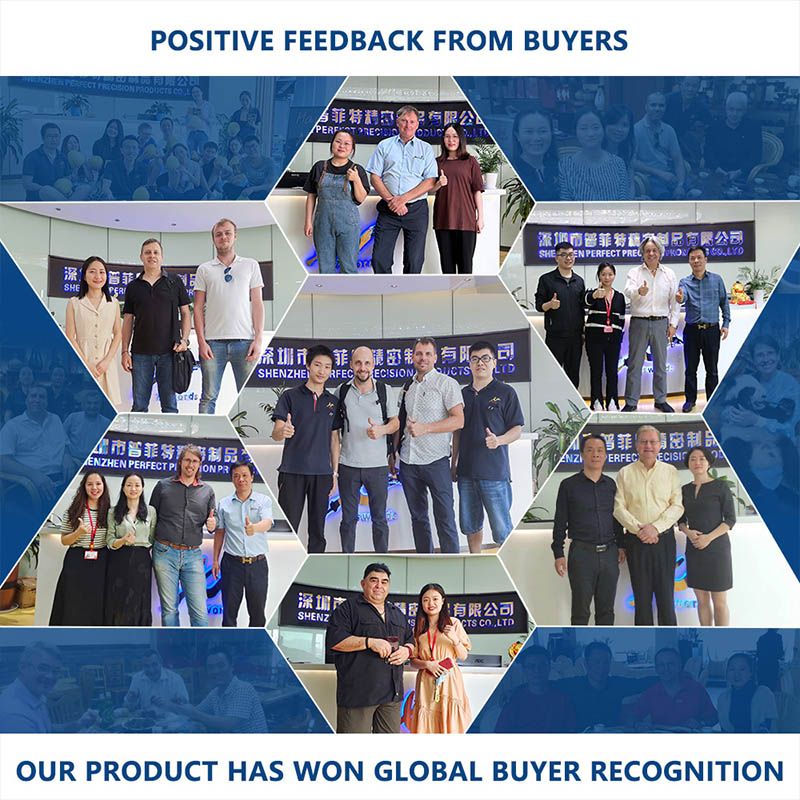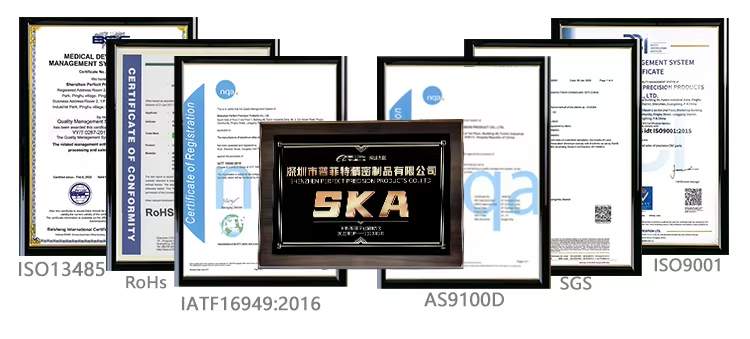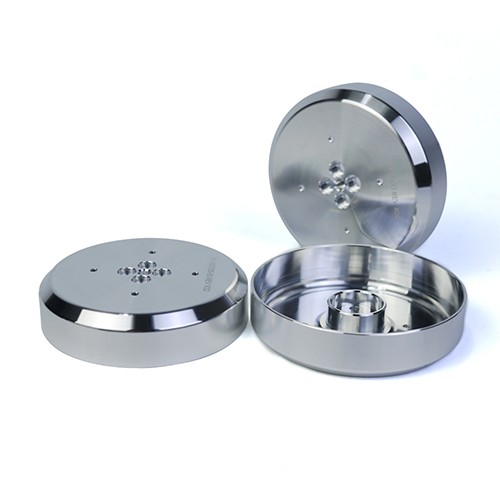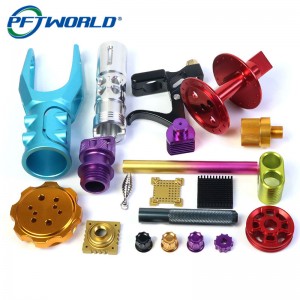CNC Laser Cutters
Product Overview
In the rapidly evolving world of modern manufacturing, efficiency, precision, and automation are key. One of the most innovative tools transforming the machining industry today is the CNC laser cutter. Combining the accuracy of laser technology with the programmability of computer numerical control (CNC), these machines are revolutionizing how materials are cut, shaped, and engraved across various industries.
A CNC laser cutter is a type of computer-controlled machine that uses a high-powered laser beam to cut, engrave, or etch materials with extreme precision. The “CNC” component refers to the use of pre-programmed software to control the movement and intensity of the laser, allowing for automated, consistent, and complex cuts.
Unlike traditional subtractive machining methods like milling or turning, CNC laser cutting is a non-contact process. The laser beam vaporizes or melts the material it targets, producing clean, precise edges with minimal post-processing required.
CNC laser cutting involves several steps:
1.Designing the Part: The process begins with a digital design created using CAD (Computer-Aided Design) software. The design is then converted into a format readable by CNC software (typically G-code or a similar machine language).
2.Material Preparation: The workpiece—metal, plastic, wood, or another material—is placed on the cutting bed of the laser cutter.
3.Laser Cutting Operation:
● The CNC system directs the laser head along the programmed toolpath.
● The focused laser beam heats the material to its melting or vaporization point.
● A jet of gas (often nitrogen or oxygen) may be used to blow away molten material, ensuring a clean cut.
● CO₂ Lasers: Ideal for cutting non-metallic materials such as wood, acrylic, textiles, and plastics. These lasers are commonly used in signage, packaging, and artistic applications.
● Fiber Lasers: More powerful and efficient, fiber lasers excel at cutting metals, including steel, aluminum, brass, and copper. They offer faster cutting speeds and require less maintenance.
● Nd:YAG Lasers: Used in high-precision applications such as engraving metals or ceramics.
1.High Precision and Accuracy
CNC laser cutters can achieve incredibly tight tolerances and fine detail, making them ideal for intricate parts or decorative work.
2.Minimal Material Waste
The narrow kerf (cut width) of a laser beam results in efficient material usage and less scrap.
3.Clean Edges and Minimal Post-Processing
Laser cutting often eliminates the need for additional finishing steps, as it leaves smooth, burr-free edges.
4.Versatility Across Materials
CNC laser cutters can process a wide range of materials, including metals, plastics, woods, ceramics, and composites.
5.Automation and Repeatability
Once programmed, the cutter can repeat exact designs hundreds or thousands of times with consistent results.
● Manufacturing: Cutting metal parts for automotive, aerospace, and industrial equipment.
● Prototyping: Rapid production of custom parts and enclosures.
● Electronics: Precise cutting of circuit board components or housings.
● Art and Design: Creating signage, jewelry, architectural models, and decorative items.
● Medical Devices: Cutting tiny, intricate components with tight tolerances.


We are proud to hold several production certificates for our CNC machining services,which demonstrates our commitment to quality and customer satisfaction.
1、ISO13485:MEDICAL DEVICES QUALITYMANAGEMENT SYSTEM CERTIFICATE
2、ISO9001:QUALITY MANAGEMENT SYSTEMCERTIFICATE
3、IATF16949、AS9100、SGS、CE、CQC、RoHS
● Great CNCmachining impressive laser engraving best Ive everseensofar Good quaity overall,and allthe pieces were packed carefully.
● Excelente me slento contento me sorprendio la calidad deias plezas un gran trabajo This company does a really nice job on quality.
● If there is an issue they are quick to fix itVery good communication and fast responise times This company always does what I ask.
● They even find any errors that we may have made.
● We have been dealing with this company for a number of years and have always recelved exemplary service.
● I am very pleased with the outstanding quality or mynew parts.The pnce is very competiive and the custo mer service is among the best Ive ever experienced.
● Fast tumaround rabulous quality,and some of the best customer service anywhere on Earth.
Q1:What materials can CNC laser cutters cut?
A:CNC laser cutters can process a variety of materials depending on the laser type:
● CO₂ Lasers: Wood, acrylic, leather, paper, plastic, glass, and some fabrics.
● Fiber Lasers: Metals such as steel, stainless steel, aluminum, brass, and copper.
● Nd:YAG Lasers: Metals and ceramics for high-precision applications.
Q2:How accurate are CNC laser cutters?
A:Most CNC laser cutters offer high precision, with tolerances typically around ±0.001 inch (±0.025 mm). They are excellent for intricate shapes and detailed work.
Q3:What is the difference between CO₂ and fiber laser cutters?
A:
● CO₂ Laser Cutters: Ideal for non-metal materials and offer a wider range of engraving options.
● Fiber Laser Cutters: Designed for high-speed, high-precision cutting of metals. More energy-efficient and have a longer lifespan.
Q4:Can CNC laser cutters engrave as well as cut?
A:Yes, most CNC laser cutters can both cut through materials and engrave (etch) the surface with detailed graphics, text, or patterns—depending on laser settings and material type.
Q5:What is the maximum thickness a CNC laser cutter can handle?
A:This depends on laser power:
● CO₂ lasers: Cut up to ~20 mm of acrylic or wood.
● Fiber lasers: Cut up to 25 mm (1 inch) or more of metal, depending on wattage (e.g., 1kW to 12kW+).
Q6:Can CNC laser cutters be used for mass production?
A:Yes. CNC laser cutters are widely used in both prototype development and high-volume manufacturing due to their speed, consistency, and automation capabilities.












